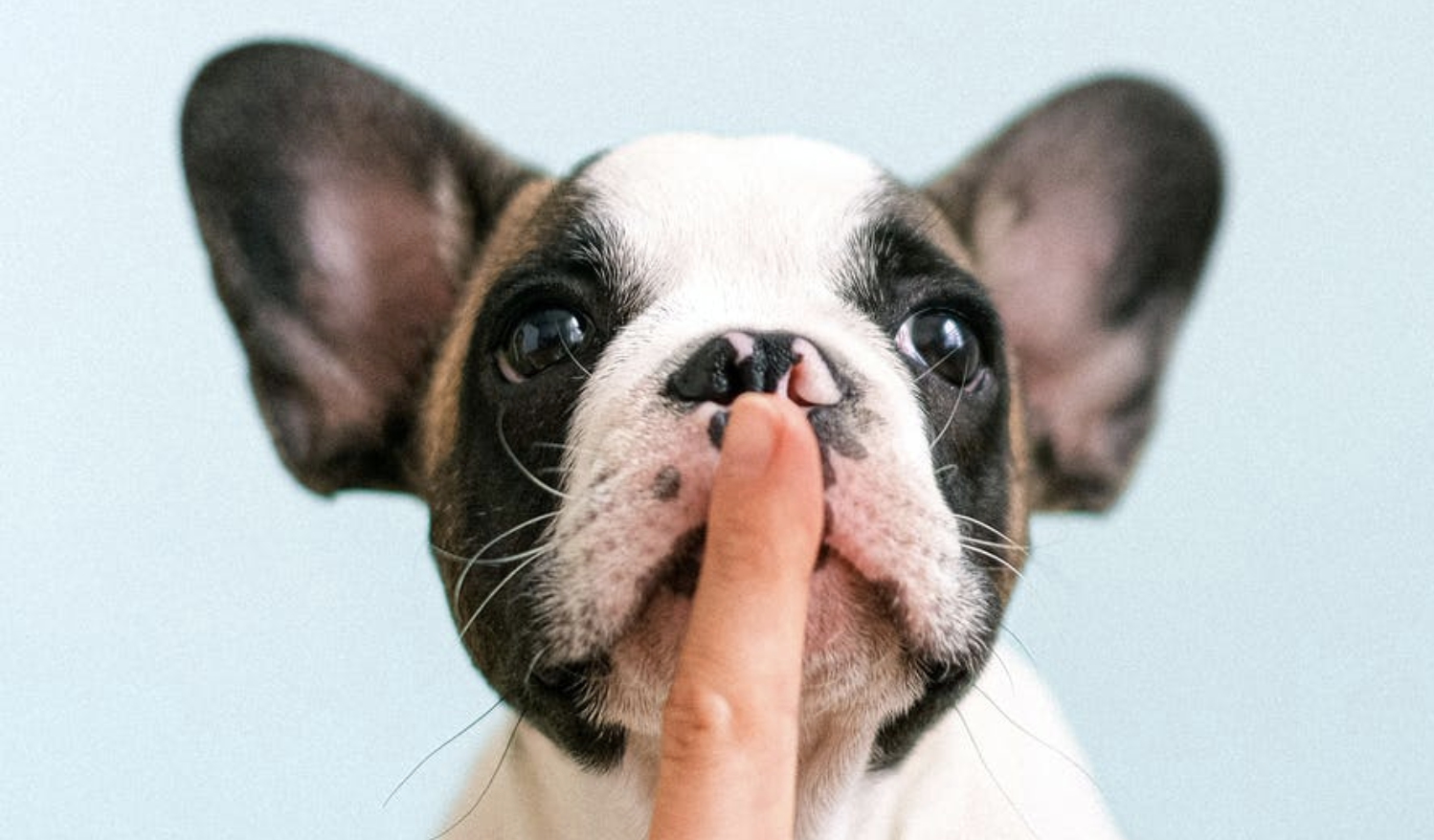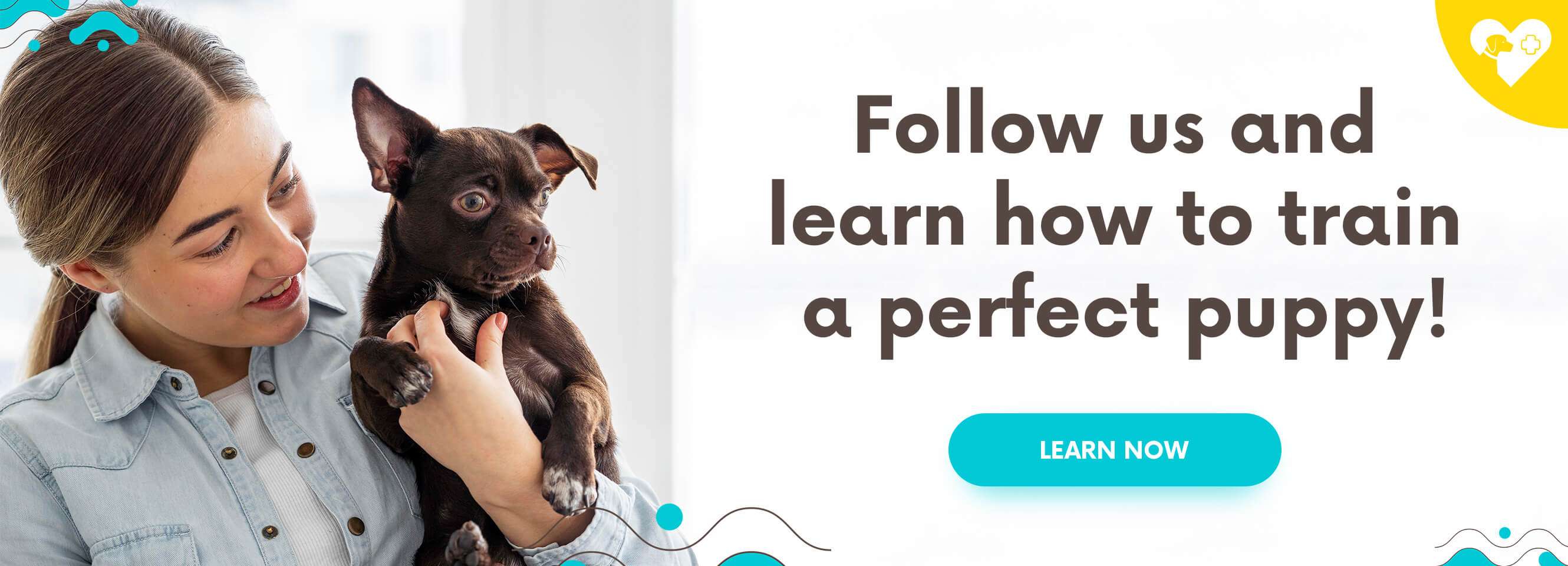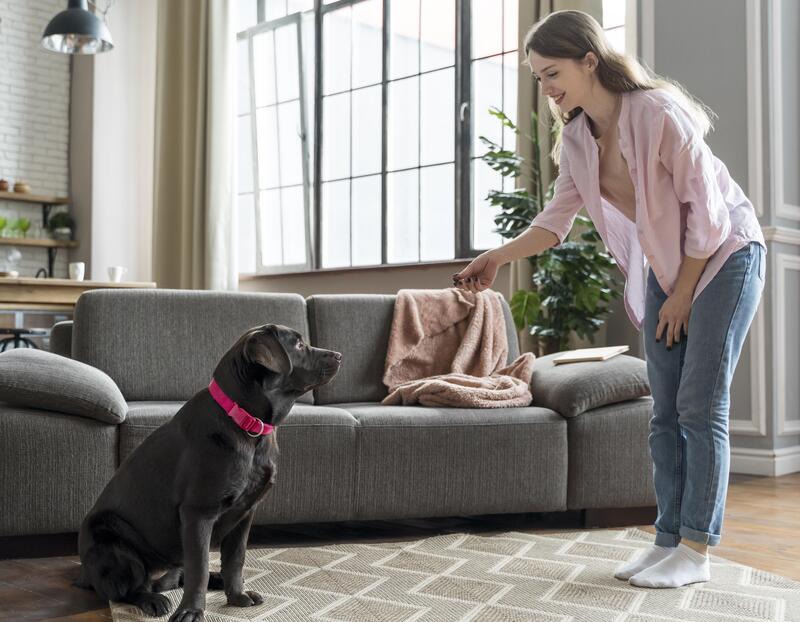
The tasks that service dogs provide for the benefit of individuals with different kinds of disabilities have a great positive impact on their lives and help them deal with daily challenges. These tasks must be directly related to the individual’s disability, which is why choosing the “right” service dog is of utmost importance for the training to succeed and for both sides to develop a strong bond.
There are some essential innate features that must be a part of the service animal’s character, so that he/she can become a good service dog. Some of these are:
• a friendly and stable temperament;
• trainability;
• intelligence;
• experiencing joy when being around people;
• attachment to the owner.
Every person who has a puppy that will be their future service dog may need to go through puppy temperament testing. This will be helpful for the individual to ensure that the pup has the potential and the features to be a great service dog.
If you are in this situation and need to conduct testing, we will give you some pieces of advice on how to test a puppy’s temperament and how to prepare for this.
Steps You Need to Take Before Conducting a Puppy Temperament Testing
Choose Proper Testing
We will list some organizations that provide official dog testing, and you can reach out to them in case that you want a professional to evaluate your canine. There are different types of testing that can be provided based on your needs and the features of your dog you would like to test. If you are interested in a boarding program that has been offered by a facility, you may need to contact them, as temperament testing is likely to be required. However, some organizations provide temperament testing themselves.
The American Temperament Test Society (ATTS) testing focuses on different aspects of a dog’s temperament like aggressiveness, friendliness, stability, shyness, protective instincts. Since some features are considered breed-related, this test pays attention to breed inheritance as well.
The Canine Good Citizen Test conducted by the American Kennel Club (AKC) assesses temperament and trained behavior as well.
Behavior Assessment Reactivity Checklist (BARC). This test gives people the opportunity to interact with dogs normally and record the outcome. Dogs can not “pass” or “fail” this test. The test can be used as a guide for adopters and rescues to better understand any potential issues and strong features of a particular dog. The test will evaluate a canine’s behavior via several types of interactions.
We would recommend that you visit a veterinarian as a next step.
Visit a Veterinarian
This is important as your dog may suffer from a certain medical issue that can affect his/her reactions and behavior during the testing sessions. A check by a veterinarian will determine if there are disconcerting medical conditions and ensure that his/her behavior will be interpreted correctly.
You may need to prepare your canine’s full history. Information about the breed, the age and the reproductivity (has the dog been spayed/neutered) will be helpful for a professional tester to evaluate his/her performance accurately. Moreover, it would be helpful if you can provide information about the behavior and appearance of your dog in general and include any behavioral issues that he/she may have experienced in the past. The more detailed and specific information you give, the more accurate your dog’s behavior will be evaluated.
Along with the details about your dog you may be required to provide information about yourself as a handler/owner as well. The environment in that the dog has been raised and eventually trained as well as the presence of other pets or children may also affect his/her “performance” during the testing.
Depending on the organization/facility that will conduct the testing you may be required to provide your own training devices like leash and collar. You need to ensure that you will have prepared all the necessary equipment (this also may include the dog’s toys or his/her food and water bowls). You need to contact the organization in regard to all the devices you need to bring.
In the next part of the article, we will give you some pieces of advice about puppy testing, as you are likely to be able to conduct it yourself in your own home.
How to Conduct Puppy Temperament Testing Yourself
If you have trained your pup to roll over, this will help you a lot to conduct the first step of temperament testing. If you are not familiar with the most common approach applied to this training, we will provide you with some helpful information about it.
Roll Over Technique
First, you need to prepare your pup’s favorite treats. Then you should give your pup a command to lay down. Once your pup performs is, use a piece of the prepared treats and hold it near his/her nose. You may need to kneel beside your pup. After that, you need to start moving your hand in a direction from the nose to the shoulder of your dog. Your pup is likely to roll on the one side with a head placed on the floor. You need to repeat these steps a few times before you continue forward. After your pup masters the skills described above, you need to keep moving your hand in a direction from the shoulder to the backbone. This action is likely to make your pup roll on the back. If you keep moving the treat your pup is also likely to keep moving to the other side. Once the pup understands the command and starts fulfilling it on a regular basis, you can connect it to the verbal command “Roll Over”. You should reduce the amount of treats and the hand gestures. Step by step, with a lot of practice, your dog should be able to perform the “Roll Over” as a response to a verbal command only. You need to keep in mind that regular praising and rewarding are necessary for dogs to stay motivated.
Once your dog obtains the skills to perform the “Roll Over” command, you need to use these cue words to make him/her roll on his/her back. Then put your hand on his/her chest and hold it for approximately 15 seconds. Now you can monitor your pup’s behavior- she may show resistance or stay calm, he/she may lick you or not. You will be able to determine if your pup tends to be more dominant or more submissive.
Pick Up
Another temperament testing technique is to pick your puppy up. Pick up gently your little furry friend and hold him/her in the air for approximately 30 seconds. You can observe how he/she reacts- if he/she is calm and feels comfortable with you holding him/her in the air and even licks you, he/she tends to be submissive. If your pup starts wiggling and seems to not feel comfortable, he/she is likely to be more dominant.
Paws Holding
When you hold your pup’s front paws while he/she is standing and cover them with hands you can also determine whether he/she shows any resistance or is rather calm. You need to be gentle and put a little pressure just to be able to hold him/her. If the pressure is high, your pup might get hurt. Moreover, neither submissive nor dominant pups would endure this procedure and you can expect resistance in both cases.
Petting
Another technique you can use to determine your pup’s temperament is to pet him/her. We bet that this technique is the most favorite one for many of you. You can observe how your paw friend responds to your tactile interaction with him/her. If he/she enjoys it, he/she is likely to have a calm temperament and tend to be submissive. If he/she tries to run away from you, this may be an indication of a wilder temperament and eventually behavioral issues in the future. If your pup bites you, do not consider this an issue immediately, as biting is a natural part of a dog’s behavior. It represents their way to explore their surroundings. However, this might lead to a problem in the future, if you do not train your pup to stop performing this behavior at a young age.
Noises
When you are near your pup you can clap your hands or drop a metal object on the floor in order to create noise and monitor his/her reactions. Your pup may be interested in the noise and may want to explore it. On the other hand, the noise may lead to fear or even aggression. Showing indifferent behavior may also be a type of response to the noise.
People and other dogs
How your pup behaves among people and other dogs can give you a good indication of his/her temperament and what behavioral issues may occur later. Observe how your pup acts when people and dogs approach. If your puppy lifts his/her ears and his/her posture is straight radiating confidence, he/she is likely to be rather dominant. On the other hand, if the position of his/her body and ears seems to be lowered, your pup is likely to feel insecure and probably afraid. In this case, we talk about a shy and submissive puppy.
Food
Food is a valuable asset for dogs. How your pup responds to you when you take his/her food bowl and slightly push him/her with your hand, may reveal a lot about his/her temperament. If he/she starts to play with you and/or try to get his/her bowl back, your pup is likely to be dominant. If he/she stays calm and does not show any resistance, he/she is maybe more submissive. Of course, acts of aggression as a response may also occur. If this is the case you need to take steps to solve the problem, before it gets serious in the future. You can read more about aggression in puppies and puppy obedience training here.














